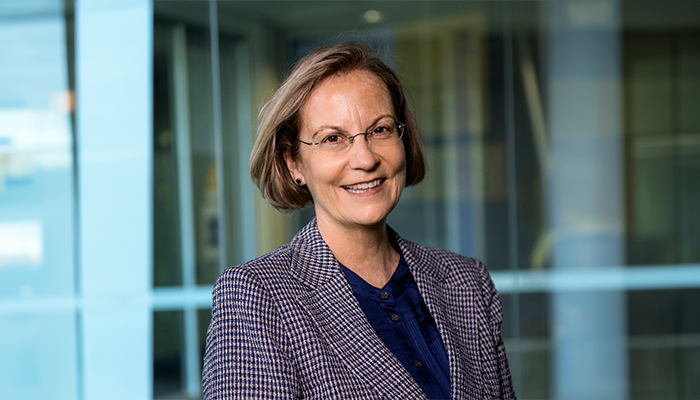He was nominated for a Eureka Prize in 2018 in the Mentoring of Young Scientists category, and his success as a mentor is obvious from his 2019 win, which builds on the success of his former students. Three members of the team completed their PhD studies and postdoctoral research under Neil’s supervision.
Neil says, “My former students Associate Professor Kerrylee Rogers (and Dr Jeff Kelleway both from the University of Wollongong, and Dr Debashish Mazumder from ANSTO all played a key role in the research we published in Nature in March this year, which has now won the Eureka Prize.”
Professor Colin Woodroffe (University of Wollongong) and Atun Zawadski (ANSTO) completed the team. Their Nature paper was the first convincing demonstration that sea-level rise leads to an increase in the amount of atmospheric carbon sequestered into coastal wetland sediments, providing a modest negative feedback on global warming. Carbon buried in wetlands (sometimes referred to as “Blue Carbon”) also helps these important habitats keep pace with sea-level rise, building elevation and avoiding drowning. Interest in wetland protection and restoration as a climate change mitigation strategy has been growing worldwide, and our research resolves concerns about the impact of sea-level rise on coastal carbon capture and storage.”
The research was made possible by a collaboration with Professor Pat Megonigal and colleagues at the Smithsonian Institution’s Environmental Research Centre in Maryland, USA. “We accumulated a wealth of information on coastal wetland carbon from Australia, South Africa and Europe, while colleagues at the Smithsonian were accumulating a database of observation from America and China,” Neil says.
“By combining the datasets (collectively over 400 sites), we were able to show that the concentration of organic carbon in sediments was directly related to sea-level trends over the past few thousand years.”



